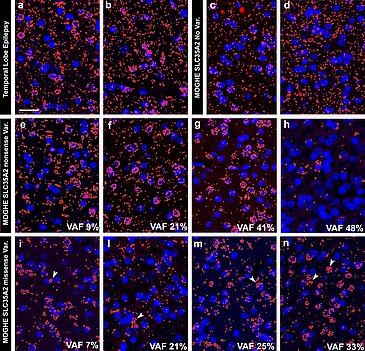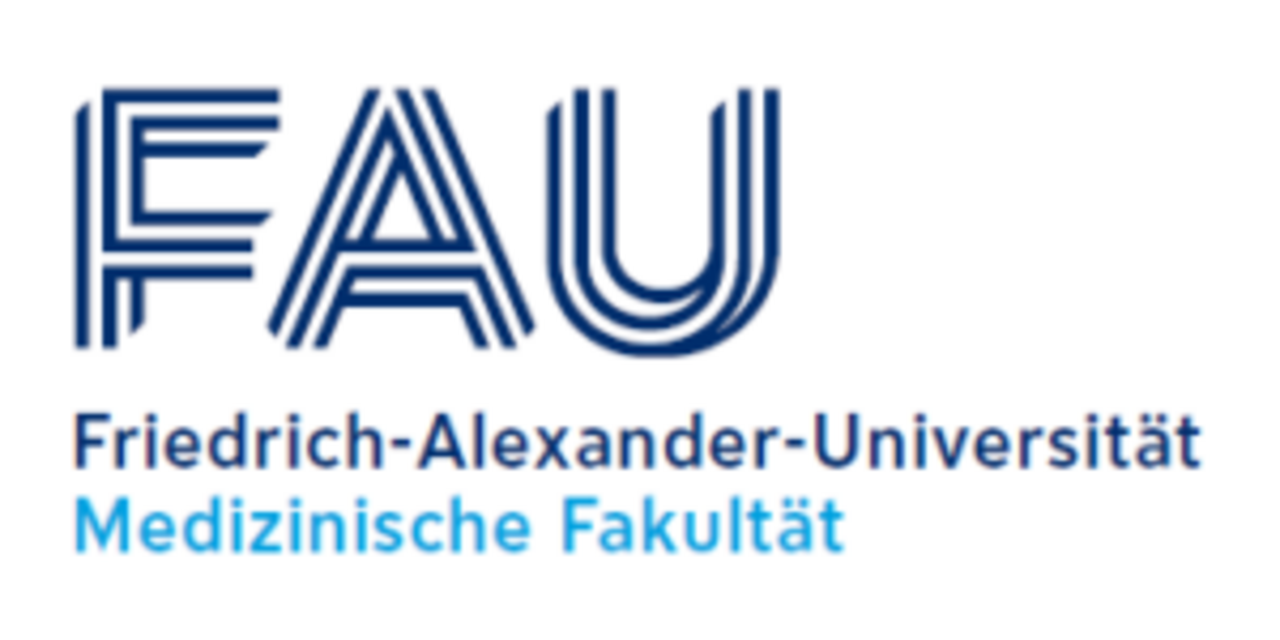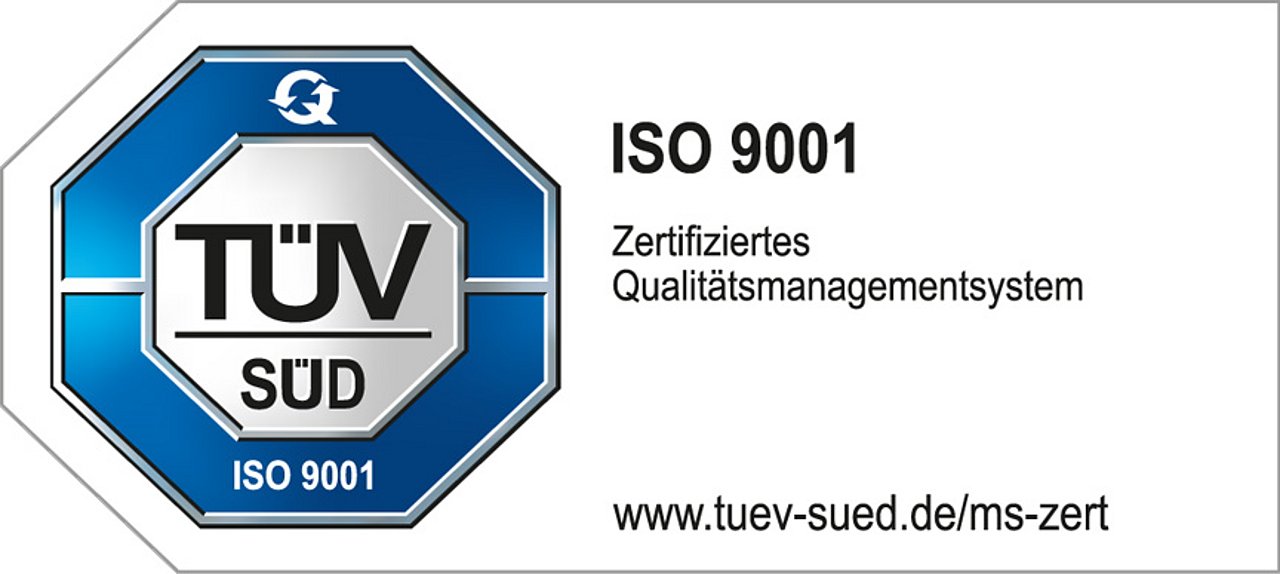Erica Cecchini's DFG-funded research revealed altered SLC35A2 protein distribution in MOGHE
Cecchini et al. Acta Neuropathologica 2025 Mar 5;149(1):23. doi: 10.1007/s00401-025-02858-7
Erica Cecchini published her newest research of MOGHE demonstrating altered SLC35A2 protein distribution in brain tissue from individuals with MOGHE (DFG-funded CRC 1540 'Exploring Brain Mechanics').
We have recently described a new CNS disease associated with early onset, drug-refractory focal epilepsy, i.e., MOGHE (mild Malformation of cortical development with OligodendroGlial Hyperplasia in Epilepsy). Approximately half of the individuals with MOGHE carry brain somatic variants in the SLC35A2 gene, which affects the UDP-galactose transporter and thus sphingolipid glycosylation. Erica's study included MOGHE brain tissue samples with and without SLC35A2 mosaicism, also distinguishing missense from nonsense variants. A newly generated antibody targeting the N-terminus of the SLC35A2 galactose transporter was applied for immunofluorescence (IF) analyses. Her findings confirm the localisation of the SLC35A2 protein in the Golgi apparatus of all neuroepithelial cell types as well as within Golgi outposts along oligodendroglial processes. The protein distribution was altered in MOGHE samples dependent on the SLC35A2 variant and its allelic frequency. Western blot and IF analyses revealed a significant SLC35A2 reduction in MOGHE tissues carrying nonsense variants. Ultrastructural analyses from three MOGHE samples demonstrated hypomyelination in regions with increased oligodendroglial cell densities, regardless of the harbouring of SLC35A2 variants. Notably, this hypomyelination pattern decreased with age. These results suggested a role for the SLC35A2 protein in the pathogenesis of MOGHE and indicated the presence of additional myelin-associated pathomechanisms in those individuals who do not carry a pathogenic SLC35A2 variant.




